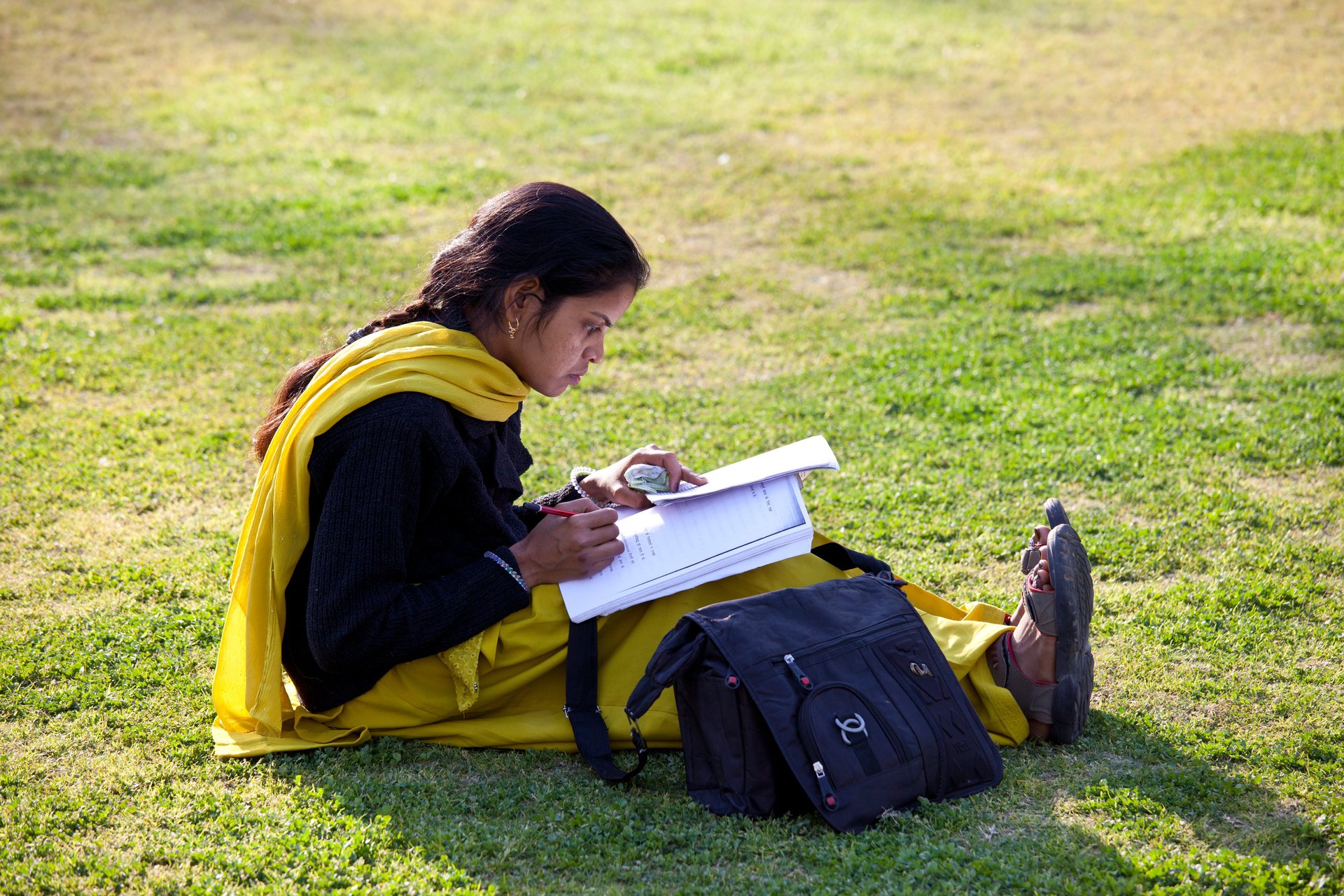Why India’s education system will never be like America’s
This is a response to Thane Richard’s piece “Students are the victims and culprits of India’s broken higher education system.”


This is a response to Thane Richard’s piece “Students are the victims and culprits of India’s broken higher education system.”
I went to two of the best colleges in Kerala for my bachelors and masters: Kerala University and the Regional College of Education, Bhopal for my bachelors in education, and then Harvard for my masters and doctorate. So, I feel qualified to compare and contrast the two systems of education.
St. Stephen’s is arguably the best college in India only because of its students, who happen to be the children of the Indian elite in New Delhi. No doubt, most of them are intelligent and go on to achieve distinction in life. That is what makes St. Stephen’s prestigious, not the education it imparts.
Having studied in India and America, I am astounded when Indians and Americans speak of Indian education as all “rote learning.” Except for learning some poems and essays “by heart,” as they say in India, I have never had rote learning in any subject from primary school onwards. That rote learning is part of an intellectual training that helps in the ability to recall things. Although notes are given by most professors and lecturers, that is preceded by lectures. I have never encountered a professor who simply dictated notes from a notebook as the sole activity of a class. Americans may be excused for not knowing fully, but I always got the feeling that my Indian classmates were speaking of Indian rote learning either to just agree with Americans or to curry favor with American professors.
On the other hand, I have encountered students at Harvard who go on speaking nonsense ad infinitum in the name of free exchange of ideas or because their grades were dependent on class participation. They simply did not seem to know that if you don’t have something sensible to say, it is better to keep quiet. And, despite the ideal of free exchange of ideas, I have come across American professors who give lower grades to the students who did not agree with their ideas. I have experienced it personally and have seen it in the case of my classmates.
Now, there are two main reasons why Indian education cannot follow the American pattern and Richard does not seem to have touched on them.
The first is the syllabus. An Indian professor is expected to cover the entire syllabus, which is prescribed by the university. Since the examination is conducted by the university and the student performance is evaluated by external examiners, a professor cannot afford to leave anything out. That leaves little time for discussion and debate in the class. American professors write their own syllabi, give their own tests and exams, and evaluate the students themselves. That gives them a lot of leeway in what is taught, how it is taught, and how it is evaluated. But, as I said earlier, that also leads to abuses of that freedom.
The second reason is that India is a poor country. Each country has to adapt its education system to its own circumstances. An affluent country like America can afford to have a project-oriented system, which is somewhat wasteful at times. A poor country like India has to conserve all its resources; so it goes for lectures and paper-based examinations. But note that it is the product of that inferior system of education that is doing brilliant work in many fields in American business and industry. By the way, they are not all products of the famed IITs (Indian Institute of Technology). Now that India has started on the path of affluence it is perhaps time to change the system by allowing flexibility to individual colleges and professors within them, adding more practice and application to the curriculum, and getting the professors and the students to do more research and experimentation.
I completely agree with Richard that the students of St. Stephen’s can spend their time and energy better by concentrating more on the real problems of Indian higher education and less on visiting female dormitories. They can also gain a lot from the professors by mixing with them informally as Richard did during the trip to Kedarnath. After all, I too can give the whole story of Mahabharat from memory.
We welcome your comments at [email protected].